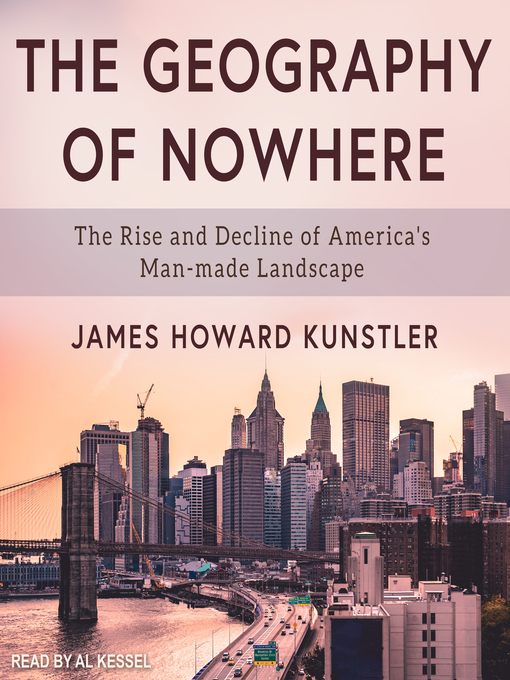
Nevertheless, Europeans have been building and living in functional cities for thousands of years, while Americans have been constructing large cities for a fraction of that time, generously a hundred and fifty years. In fairness a lot of the action on the Eurocity rejuvenation front has been post-2000, and this book is from 1993.

It would seem to me that surely they could have looked (and surely they must have?) at living European models, but this aspect receives little attention. driving.As is often typical of American books, it looks primarily within the US, with a section on how good urban planning was "rediscovered" in dusty tomes. This is an informative and entertaining book about the disaster that has been modernism and urban planning, driving the construction of unlivable urban spaces, driving the citizens out to the suburbs, where their lives are all about. Since that time, the work has inspired city planners, architects, legislators, designers and citizens everywhere. The Geography of Nowhere has become a touchstone work in the two decades since its initial publication, its incisive commentary giving language to the feeling of millions of Americans that our nation's suburban environments were ceasing to be credible human habitats. " The future will require us to build better places," Kunstler says, " or the future will belong to other people in other societies." Kunstler proposes that by reviving civic art and civic life, we will rediscover public virtue and a new vision of the common good.

It is also a wake-up call for citizens to reinvent the places where we live and work, to build communities that are once again worthy of our affection. The Geography of Nowhere tallies up the huge economic, social, and spiritual costs that America is paying for its car-crazed lifestyle.

In elegant and often hilarious prose, Kunstler depicts our nation's evolution from the Pilgrim settlements to the modern auto suburb in all its ghastliness.


 0 kommentar(er)
0 kommentar(er)
